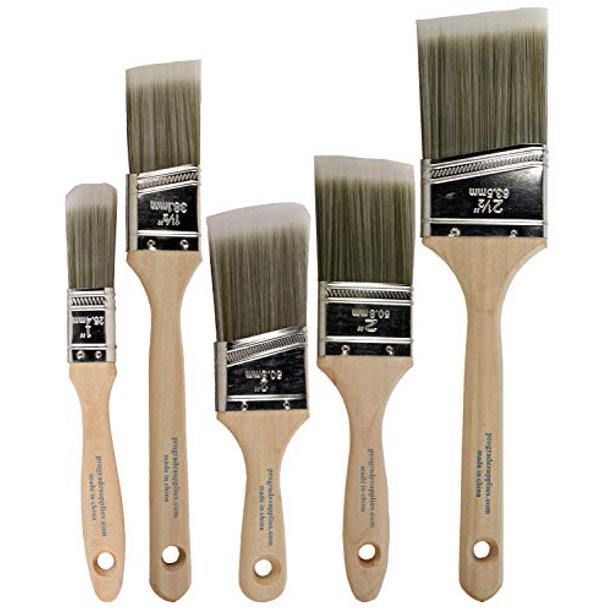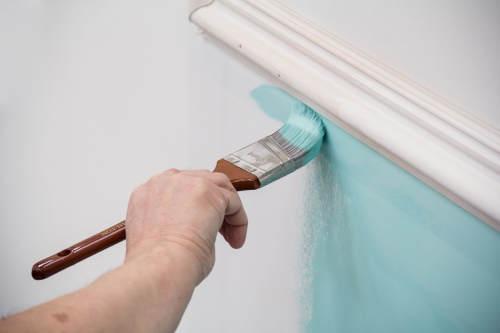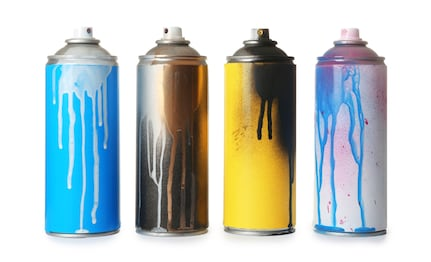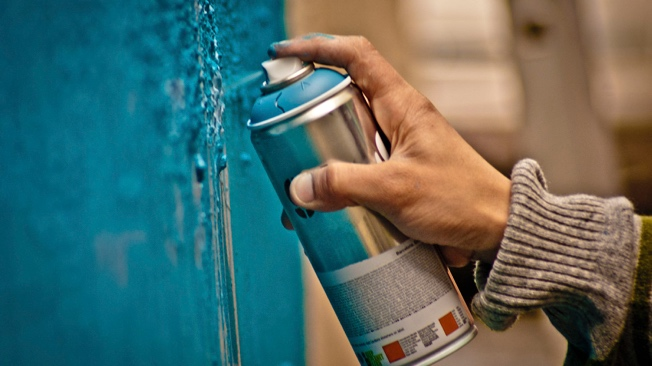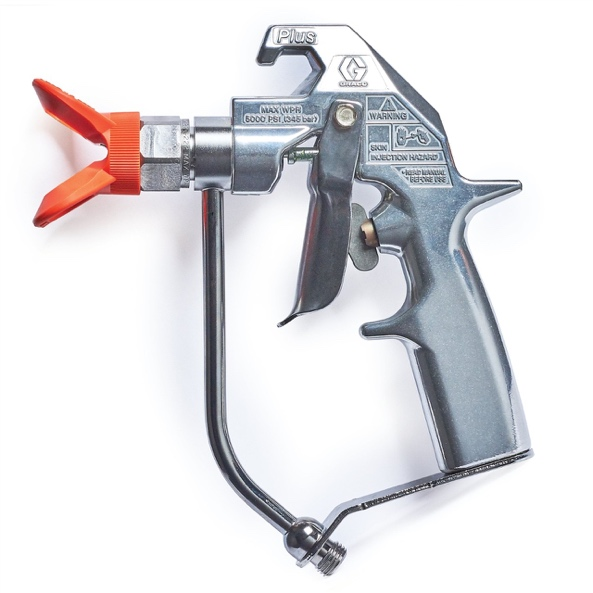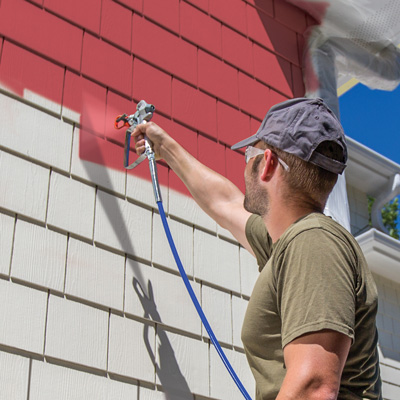
Paint Application methods – which is the best for me?
One of the first things you would do when you decided to paint your house would be to pay your neighbourhood’s hardware shop a visit for the right tools and gears. But a short stroll down the shop’s aisle will get you all the more confused! With all the options available – the brush, roller, spray – which of these tools are the right one for you? Which tool is for what usage? Can you combine the tools to achieve different types of paint effects?
Now, that is what we will be talking about today. The different paint application methods and which tool works best for you! Are you ready?
Choosing the right application method
It is very important to choose the correct application as it will affect the final appearance as well as performance of the paint system. Therefore it is important that these factors are considered when deciding which method of application is the right one for you.
-
The Shape of the Structure
Complicated structure (such as lattice work) may be unsuitable for spray application because of the extremely high loss factors involved. Roller would be more suitable for this. Small diameter pipes are more likely to be brushed applied whereas the coating of the internal surface of a large diameter pipe is more suitable for spray application. -
The Location of the Structure
The possibility of overspray onto adjacent structures may also prohibit the use of spraying. Some locations also may render it uneconomical or physically impossible to apply paint by spray. -
Manufacturer’s Recommendation
Certain products are formulated specifically for certain types of paint application method only.
The Brush
The brush application is seen as the most traditional method. Though it is a relatively slow method, it is the most suitable for applying paint to small complex structures as well as “hard-to-access” areas. It is also a useful method of applying a “stripe” coat to areas such as bolts, rivets, edges and corners prior to the application of the spray-coat to ensure correct film thickness is achieved in those areas.
There are various types of brushes; the flat wall type brush may be up to 6 inches (15cm) in width with bristles up to 6 inches (15cm) in length and oval brushes are often used in marine and industrial areas for irregular surfaces such as rivets, railing etc.
The Roller
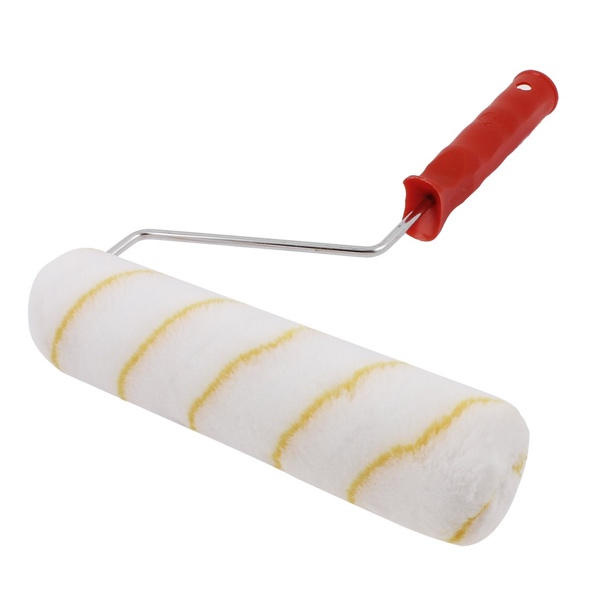
Roller application is generally used for large flat areas such as walls, steal sheeting etc. It is a faster method of application than brush but not as fast as spray. The use of roller is limited by the geometry of the structure and certain coatings, by their nature is unsuitable for roller application.
This method of application achieves a much better finish if the surface is smooth. If the surface is badly pitted, rusted or uneven, brush or spray application is more suitable. It also doesn’t thoroughly wet the surface and achieve the recommended film thickness whoever, it lower the paint application losses than spray application.
The Spray
The spray application is the fastest method of applying a paint. It usually has a high quality of final appearance. Typically the air pressure involved is 40-100 psi. By controlling the viscosity of paint, the volume and pressure of air supply as well as the tip size, a paint can be successfully applied to specific surfaces.
All the spraying, it is essential to have a water and oil separator to ensure the air supplied from the compressor is clean. If not the result is usually premature coating breakdown due to contamination of coating as it is applied.
The Airless Spray – yes, you’ve heard us right!
This method of application is usually favoured for high building coatings on large areas. It is considerably the fastest as well as the easiest to achieve specified film thickness in one coating as compared to its other counterparts.
Airless spray application can be controlled by the pressure, tip size and angle as well as the viscosity of the material being applied.
Method of Application
There are different methods of application that are suitable for you based on your specific needs. Speak to our Royalton & Berger representative for more information about what is the best Method of Application for you.

